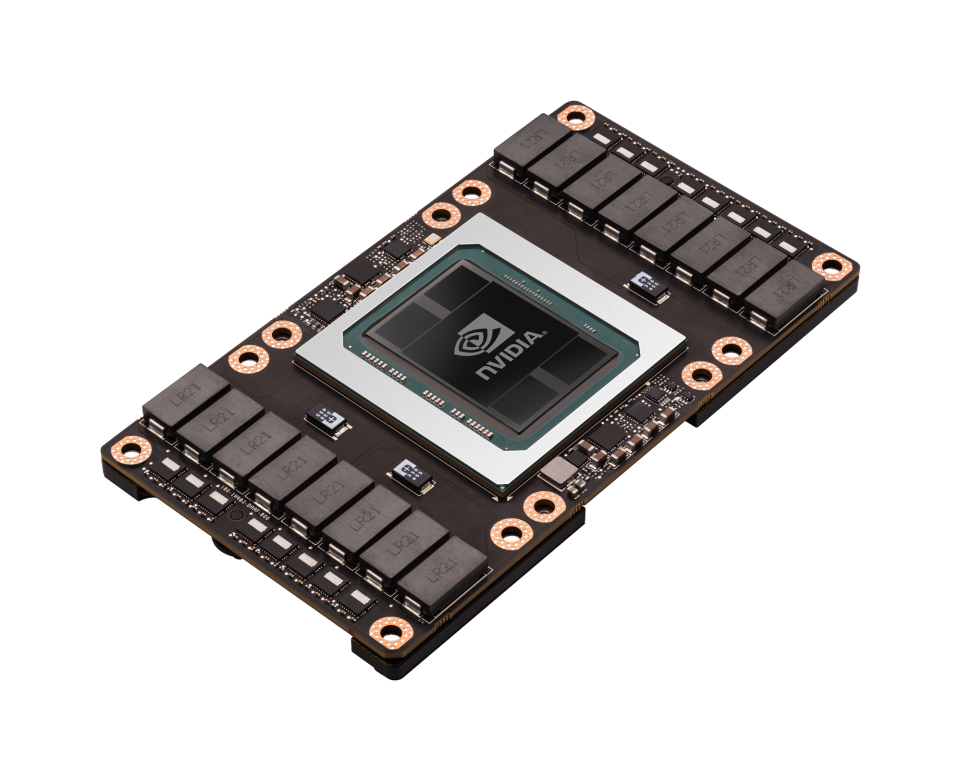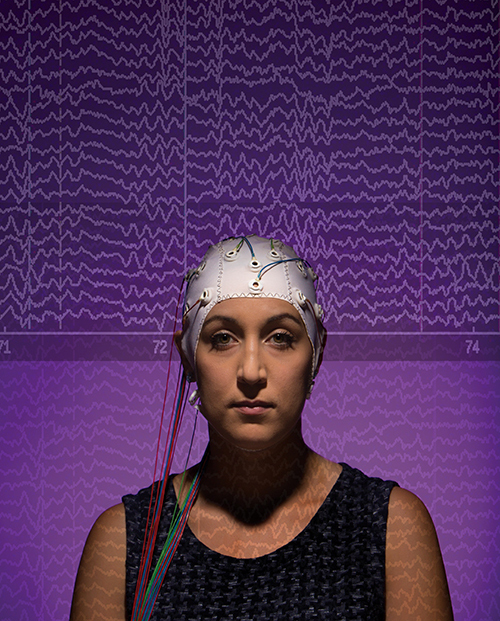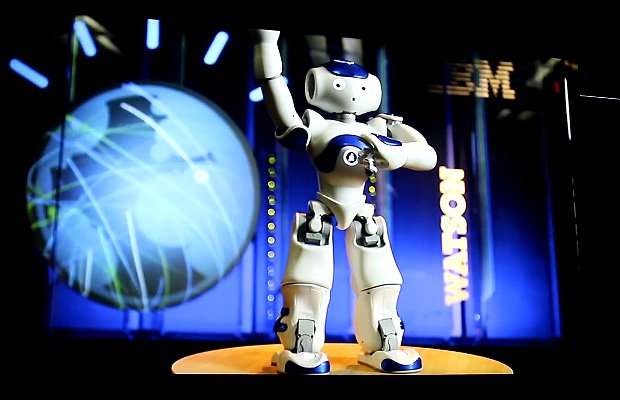What’s needed for AI’s wide adoption is an understanding of how to build interfaces that put the power of these systems in the hands of their human users. What’s needed is a new hybrid design discipline, one whose practitioners understand AI systems well enough to know what affordances they offer for interaction and understand humans well enough to know how they might use, misuse, and abuse these affordances.
Category Archives: Computers
What’s driving Silicon Valley to become ‘radicalized’ – The Washington Post
“We have to keep as little [information] as possible so that even if the government or some other entity wanted access to it, we’d be able to say that we don’t have it,” said Gadea, founder and chief executive of Envoy. The 30-person company enables businesses to register visitors using iPads instead of handwritten visitor logs. The technology tracks who works at a firm, who visits the firm, and their contact information.
In Silicon Valley, there’s a new emphasis on putting up barriers to governmentrequests for data. The Apple-FBI case and its aftermath have tech firms racing to employ a variety of tools that would place customer information beyond the reach of a government-ordered search.
Source: What’s driving Silicon Valley to become ‘radicalized’ – The Washington Post
Michael DeHaan • Did Programming Stop Being Fun? Let’s Fix It
Agile is not the enemy, but what happened was some tech got easy, and management started treating software developers like labor, rather than say, creative geniuses.
There was a feeling that project management was “over” software developers, that developers were things that were “managed”, rather than creators. Before, it really felt like we were treated more like the lifeblood of a tech company – and somehow, tech companies became marketing companies that employed tech because, well, that is what you had to do.
Source: Michael DeHaan • Did Programming Stop Being Fun? Let’s Fix It
AI, MD: How artificial intelligence is changing the way illness is diagnosed and treated | ZDNet
Think of a new parent unsure if their baby’s rash is just a skin condition or an early sign of meningitis, or someone with a sports injury not sure if they’ve sprained their ankle or ruptured a ligament.
Using a setup similar to Siri or Cortana, the individual could talk directly to an app, listing their symptoms and concerns, and be advised whether to take a couple of aspirin or get themselves to the emergency room.
Source: AI, MD: How artificial intelligence is changing the way illness is diagnosed and treated | ZDNet
‘Miracle’ Computer Chip Gives Big Boost to Artificial Intelligence
Computer chip giant Nvidia has developed a “miracle” chip that is expected to significantly accelerate breakthroughs in artificial intelligence research.
Nvidia’s Tesla P100 chip crams in 15 billion transistors within its 610-square-millimeter frame, around three-times more than most processors or graphics chips on the market.
According to the company’s CEO, this makes the Tesla P100 the largest computer chip ever made.
Source: ‘Miracle’ Computer Chip Gives Big Boost to Artificial Intelligence
Binghamton University – Magazine: Your brain is your key
A new technology developed at Binghamton University can identify you simply by measuring your brain’s response to different stimuli. The technology has garnered attention from media outlets around the world, including National Geographic, which spent a day interviewing and filming on campus. It’s called brainprint, and it could revolutionize the security industry.
Source: Binghamton University – Magazine: Your brain is your key
MIT’s Teaching AI How to Help Stop Cyberattacks | WIRED
A system called AI2, developed at MIT’s Computer Science and Artificial Intelligence Laboratory, reviews data from tens of millions of log lines each day and pinpoints anything suspicious. A human takes it from there, checking for signs of a breach. The one-two punch identifies 86 percent of attacks while sparing analysts the tedium of chasing bogus leads.
Source: MIT’s Teaching AI How to Help Stop Cyberattacks | WIRED
Systems Admins: We Need To Talk. – Offensive Tech
I came across this excellent article while browsing Hacker News. Putting it here so I can find it later if/when I need it.
Sysadmins, we need to talk. I know the struggle – I’ve been a systems administrator for 15 years. You have too few resources, too small a budget, and no respect. I get it. I do. Your users click links they shouldn’t, download things without forethought, and go to websites that you would firebomb from afar if you had your way. I understand that ransomware is a fast-changing, ever evolving beast that is mitigating your defenses as quickly as you’re mitigating its attacks. Its impossible to stop every attack. I get that. However, I’d like to pose question to you, and I ask this with as little snark as I can muster: Is that really an excuse? Can we really throw up our hands because “its hard,” and not even attempt good, basic security measures?
Admins, lend me your ears. With good, basic, and built-in tools, you can defend against ransomware. With just a few hours of configuration (at most!), you can stop this madness. Let’s talk turkey.
IBM’s Watson Cognitive AI Platform Evolves, Senses Feelings And Dances Gangnam Style
Watson is more capable and human-like than ever before, especially when injected into a robot body. We got to see this first-hand at NVIDIA’s GPU Technology Conference (GTC) when Rob High, an IBM fellow, vice president, and chief technology officer for Watson, introduced attendees to a robot powered by Watson. During the demonstration, we saw Watson in robot form respond to queries just like a human would, using not only speech but movement as well. When Watson’s dancing skills were called into question, the robot responded by showing off its Gangnam Style moves.
This is the next level of cognitive computing that’s beginning to take shape now, both in terms of what Watson can do when given the proper form, and what it can sense. Just like a real person, the underlying AI can get a read on people through movement and cognitive analysis of their speech. It can determine mood, tone, inflection, and so forth.
Source: IBM’s Watson Cognitive AI Platform Evolves, Senses Feelings And Dances Gangnam Style
IBM Looks to Make Watson More Humanlike
Watson and other systems, as they become more intelligent, “will have to communicate with us on our terms,” he said. “They will have to adapt to our needs, rather than us needing to interpret and adapt to them.”
They will have to not only understand the questions humans ask and the statements they say, but will have to be able to pick up on all the visual and other non-verbal cues—such as facial expressions, the emphasis placed on words in a sentence and the tone of the voice—that people do in the normal course of interactions they have with each other. High wants to “change the role between humans and computers.”






